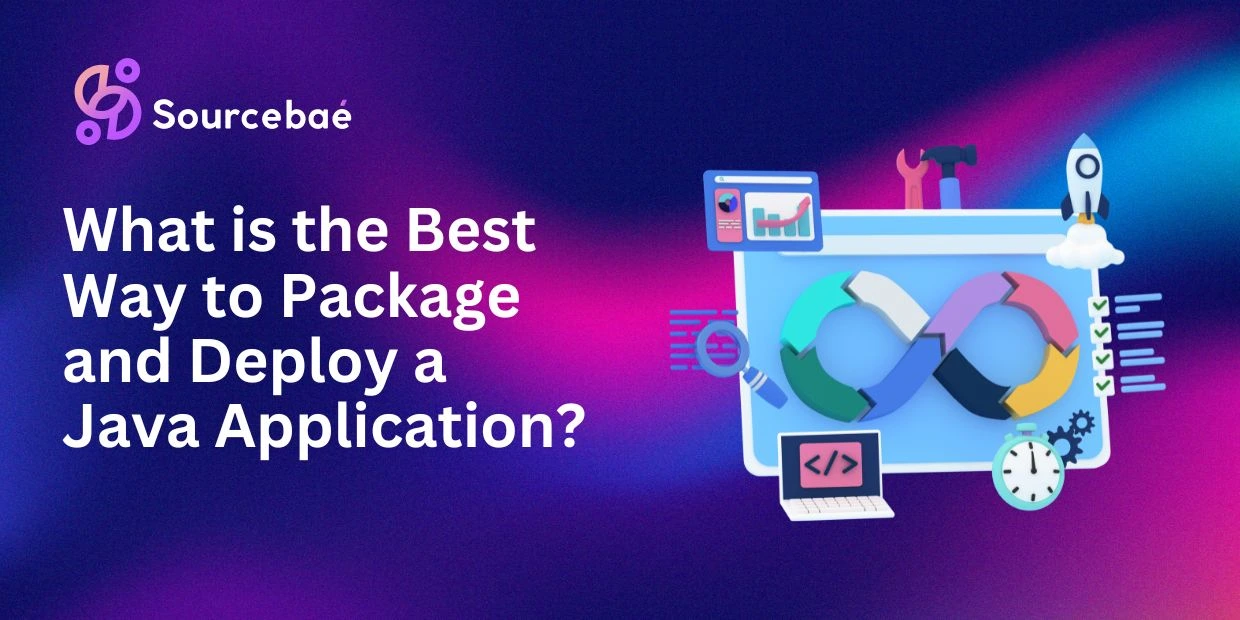Java is a versatile and widely-used programming language known for its portability and scalability. When it comes to deploying Java applications, choosing the right approach is crucial to ensure smooth operations and optimal performance. In this comprehensive guide, we will delve into the intricacies of Package and Deploy Java applications, providing you with expert insights and actionable tips. Whether you’re a seasoned developer or just starting your Java journey, you’ll find valuable information here to enhance your deployment processes.
Understanding Java Application Deployment
What is Java Application Deployment?
Java application deployment refers to the process of making your Java application available for users to run on various environments. It involves packaging your code, dependencies, and resources into a deployable unit and configuring it for execution.
Why is Proper Deployment Important?
Efficient deployment ensures that your Java application runs smoothly, meets performance expectations, and remains accessible to users. It minimizes downtime, enhances security, and allows for easy updates and scaling.
Key Steps in Java Application Deployment
1. Project Structure and Organization
- Organizing your project files and directories is the first step. Use clear and consistent naming conventions for files and folders.
2. Dependency Management
- Utilize build tools like Maven or Gradle to manage dependencies. This simplifies the inclusion of external libraries.
3. Build Process
- Compile your Java code and generate executable files or JAR (Java Archive) files. These files contain your application code and dependencies.
4. Configuration Management
- Manage configuration files separately from your code. Utilize properties files or environment variables for configuration.
5. Testing
- Thoroughly test your application on various environments to identify and fix compatibility issues.
6. Containerization
- Consider using containerization technologies like Docker to package your application and its dependencies into a single, portable unit.
7. Continuous Integration and Continuous Deployment (CI/CD)
- Implement CI/CD pipelines to automate testing, build, and deployment processes.
8. Deployment Strategies
- Choose an appropriate deployment strategy, such as blue-green deployment or canary deployment, to minimize risks during updates.
9. Monitoring and Logging
- Implement robust monitoring and logging to track the performance and health of your deployed application.
FAQs (Frequently Asked Questions)
How do I choose between Docker and traditional deployment?
Docker is a great choice for packaging Java applications with all their dependencies, ensuring consistency across different environments. However, traditional deployment methods can still be suitable for smaller projects or when Docker isn’t feasible.
What is the best IDE for Java development?
Popular choices for Java development include IntelliJ IDEA, Eclipse, and Visual Studio Code. The best IDE depends on your personal preferences and project requirements.
How can I optimize the performance of my deployed Java application?
To optimize performance, consider using caching, optimizing database queries, and implementing load balancing for high traffic.
What is the role of microservices in Java application deployment?
Microservices architecture allows you to break down your application into smaller, manageable services, making deployment and scaling more efficient.
Should I use a cloud-based platform for Java application deployment?
Cloud platforms like AWS, Azure, and Google Cloud offer scalability and convenience. Evaluate your project’s needs and budget to determine if cloud deployment is the right choice.
How can I secure my deployed Java application?
Ensure your application follows security best practices, such as input validation, encryption, and regular security audits.
Conclusion
In the ever-evolving landscape of Java application deployment, staying informed about best practices and tools is essential. By following the steps outlined in this guide and considering the insights provided, you can streamline your deployment process and ensure your Java applications are optimized for performance and accessibility.
Remember that successful deployment is a continuous process that may require adjustments as your application evolves. Keep learning and adapting to the latest trends and technologies in the Java ecosystem to stay ahead in the game.
READ MORE: How do I update a JSON column in MySQL?






